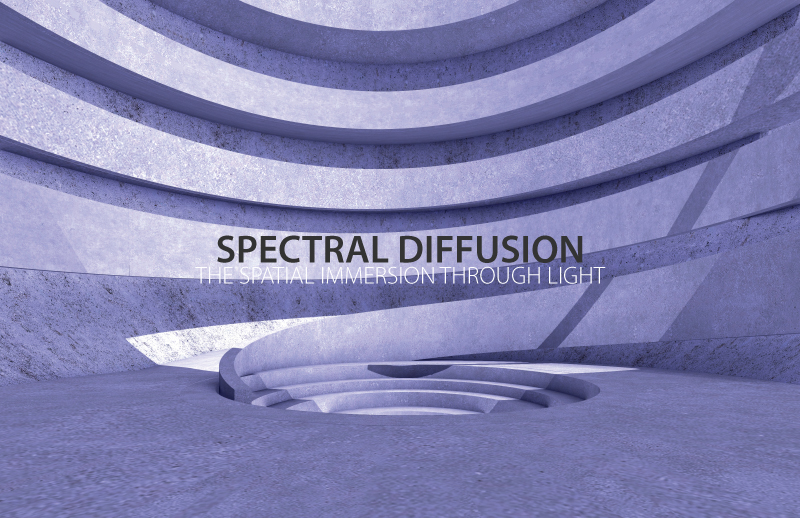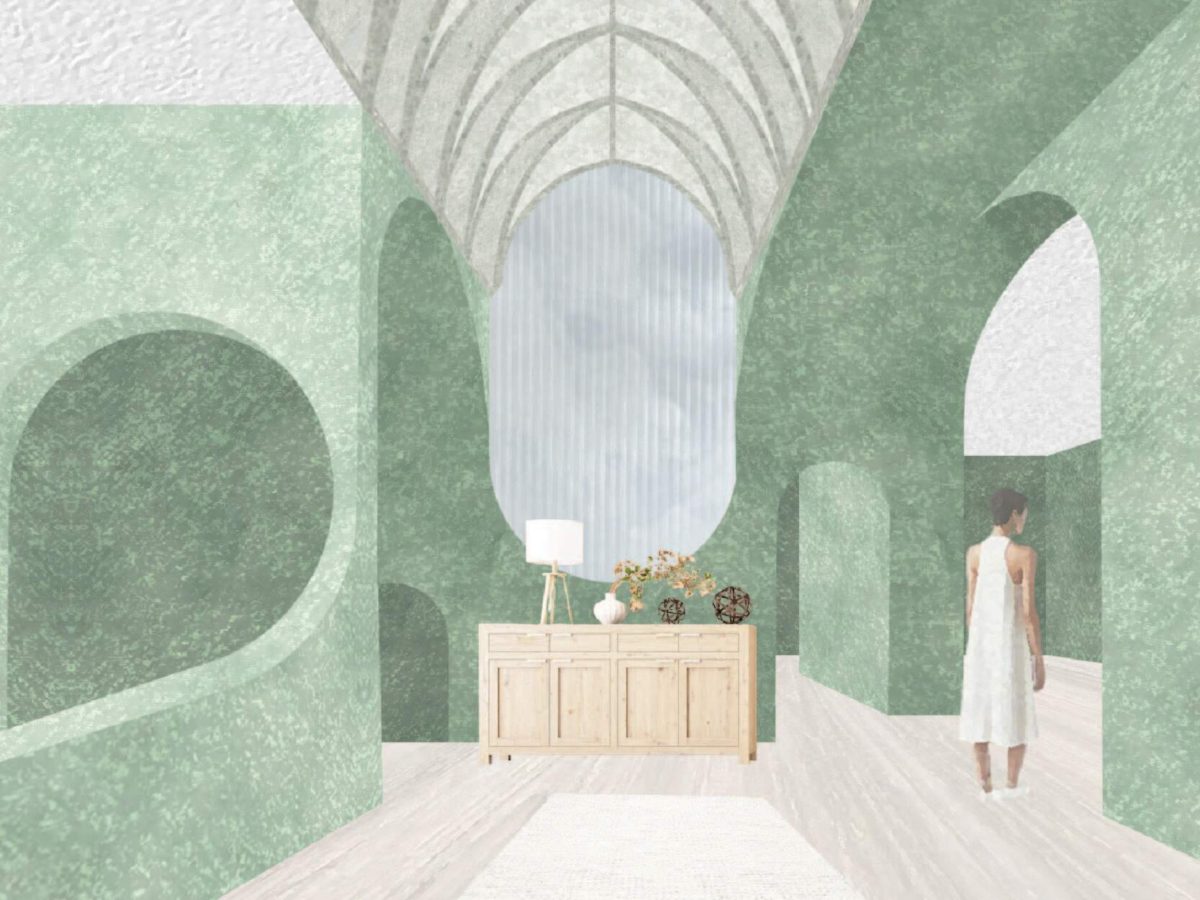Natural light shapes the interaction between human perception and the use of form. By contributing this element of fundamental significance when designing a space, light can be controlled through specific configurations of voids and shadows which begin to create a distinction from the space we are inhabiting and the one we are perceiving.
Spectral Diffusion


